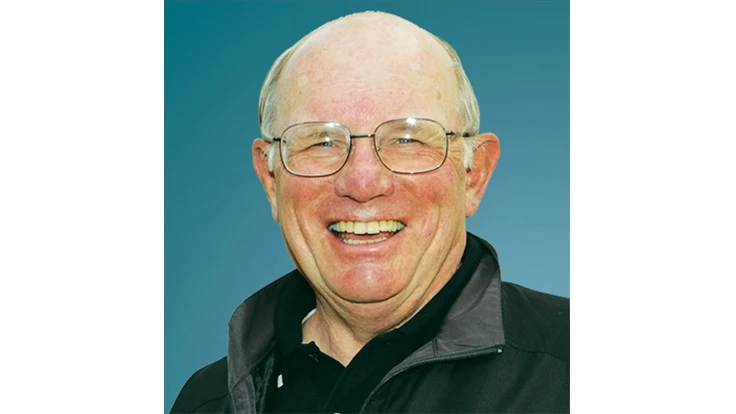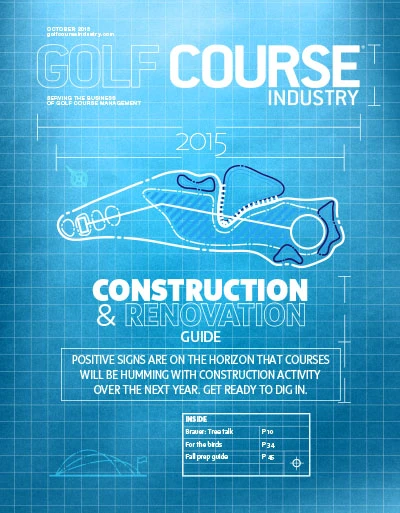
 Monroe Miller Monroe Miller |
I sense a better feeling in the golf community these recent days, and many colleagues I work and visit with are feeling the same. Memberships have stopped hemorrhaging, stabilized and even increased in some organizations. Interest in the game seems to be on the rise. Golf organizations like the USGA have made some bold moves to broaden golf’s appeal. Not long ago no one imagined courses setup like Pinehurst would host the men’s and women’s opens on consecutive weeks. Chambers Bay was a whole different experience for both players and fans. And whether you loved it or hated it, it created a lot of interest and conversation. Golf courses have started to offer alternative uses – FootGolf, for example. Some clubhouses have added exercise equipment and other amenities to complement the golf experience. Dress codes have been relaxed and menu offerings updated. Anything and everything that was affordable and could make a trip to the golf course more enjoyable has been tried, and I think the results are finally beginning to show. Superintendents are finally feeling more optimistic about the game. The past decade has been tough. No or small pay raises, less retirement money contributed to our plans and an erosion of health benefits have hit close to home. We’ve pulled back on equipment purchases, reduced staff numbers and gotten by with decreased budgets. The bucket list of worthy projects was pushed way back. If there is an uptick in golf prosperity, then I have a few common-sense suggestions, born out of my 36-year superintendent career and seven years on the road as a turf organization exec:
If you want to know the status of renovation work, Chad Ritterbusch is a good resource. Chad, the executive director of the American Society of Golf Course Architects, confirmed his members are seeing increased renovation activity throughout the country. “Courses built during the golf boom of 30 and 40 years ago are in need of updates and another look at their design,” he says. “Water issues are a significant catalyst for renovation work, and a long list of infrastructure problems factor in. Additionally, a change in golfer profile – more families with higher handicaps and less time – is inspiring some renovation proposals.” GCI columnist and golf course architect Jeff Brauer gave an excellent presentation at the San Antonio GIS that detailed how renovations can actually increase a golf facility’s return on investment. He used data from improvement projects on public golf courses in the Dallas-Fort Worth area to show renovations can make fiscal sense, too. It’s logical that renovation and master plan implementation will come before new construction. So you have to be even a little more optimistic when you witness news of new courses or even planning. We are pretty lucky here in Wisconsin because Mike Keiser is in the middle of construction of his new Sand Valley golf courses in the central part of the state. There have been some indications the Kohler Co. is planning to build another course to add to its existing four courses, one of which hosted the PGA championship a couple of months ago. Those are two more good signs. Added to that, a few courses have moved in the direction that the club I worked for has moved lately – inviting their architect in for a look at some future potential work. I don’t know many supers who don’t love the challenge of golf course renovations. Just maybe those days are slowly returning. Let’s hope so.
Monroe Miller retired after 36 years as superintendent at Blackhawk CC in Madison, Wis. He is a recipient of the 2004 USGA Green Section Award, the 2009 GCSAA Col. John Morley DSA Award, and is the only superintendent in the Wisconsin Golf Hall of Fame. Reach him at groots@charter.net. |

Explore the October 2015 Issue
Check out more from this issue and find your next story to read.
Latest from Golf Course Industry
- From the publisher’s pen: Conscientious of a bigger role
- Bernhard and Company partners with Laguna Golf Phuket
- Terre Blanche showcases environmental stewardship
- VIDEO: Introducing our December issue
- Bernhard and Company introduces Soil Scout
- Nu-Pipe donates to GCSAA Foundation’s Centennial Campaign
- GCSAA enhances golf course BMP tool
- Melrose leadership programs sending 18 to 2026 GCSAA Conference and Trade Show





